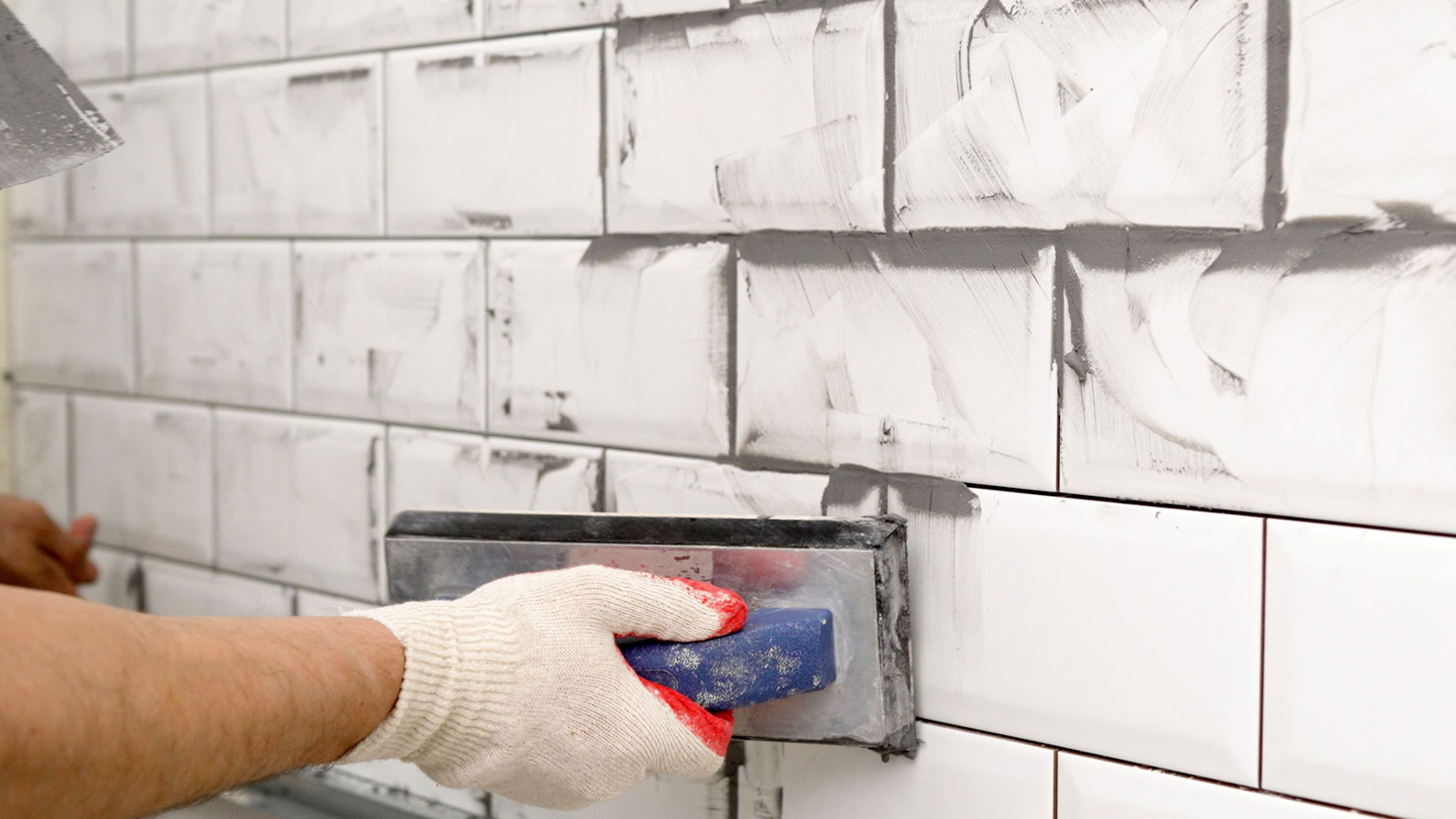Considering a loft conversion? Here's what you need to know
Adding a loft conversion is one of the best and most cost effective ways to get more space without extending your home's footprint – but is it the right route for you? Our expert guide explains the key factors you need to know
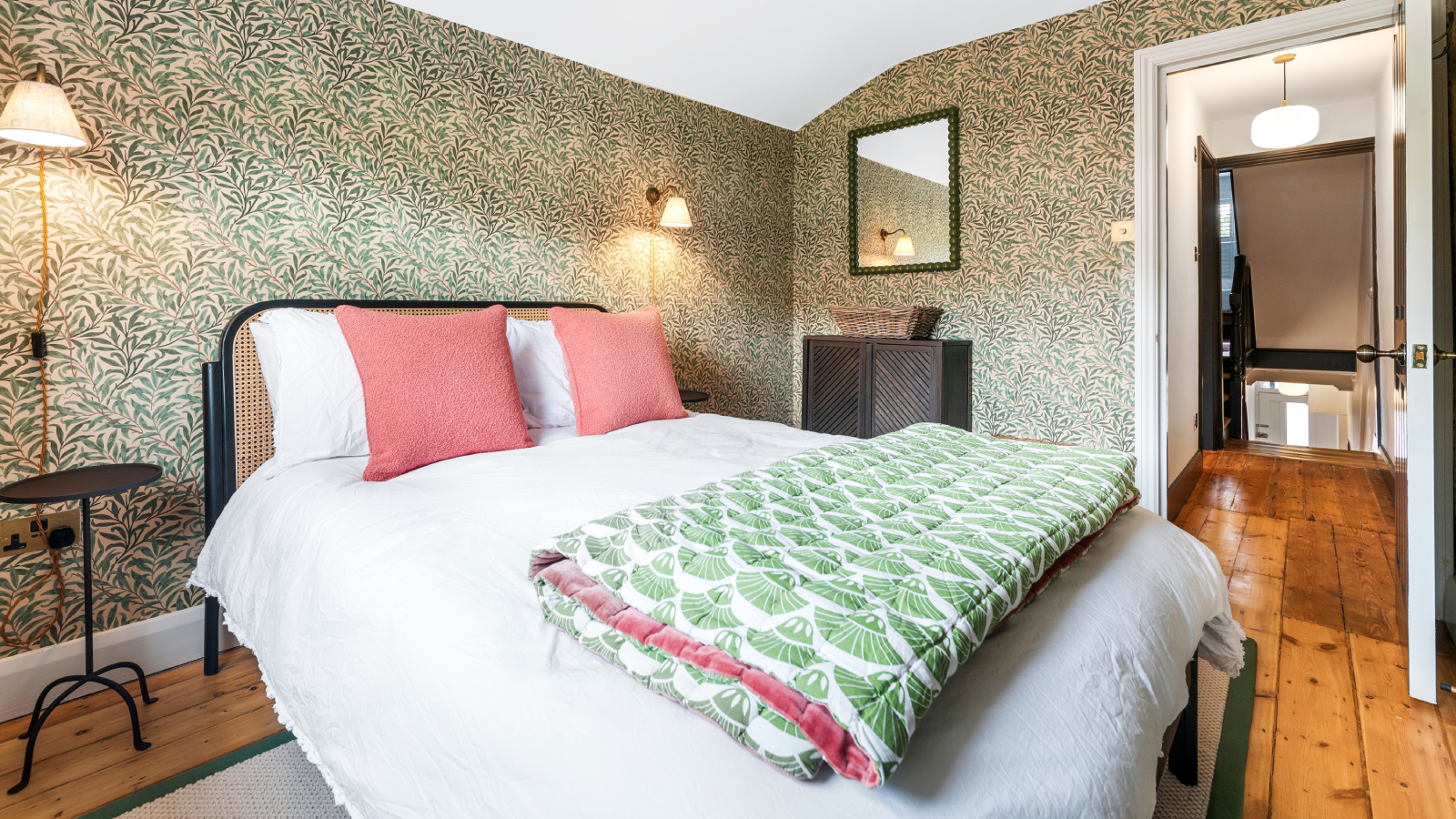
- Can I convert my loft?
- Loft conversions and roof types
- Minimum loft conversion height
- Planning permission
- Building regulations
- Party Wall Agreements
- Routes to design
- Budgeting for a loft conversion
- Foundations for loft conversions
- Fire safety
- Loft conversion staircases
- Strengthening joists
- Loft conversion windows
- Heating a loft
- Insulation
- Ventilation
- FAQs
Choosing a loft conversion can be one of the best means of increasing the floor space and number of rooms in your home. And, as well as avoiding loss of outdoor space, they can also be a more cost-effective means of extending.
But, with plenty to consider before you embark on a loft conversion project, it's crucial to know what kind of project you are stepping into and what it might entail. In some cases, for example, it might be necessary to extend the roof in order to increase the available headroom and space.
Our in-depth guide is designed to answer your key questions on adding a loft conversion in order to help ensure your project is a soaring success.
Can I convert my loft?
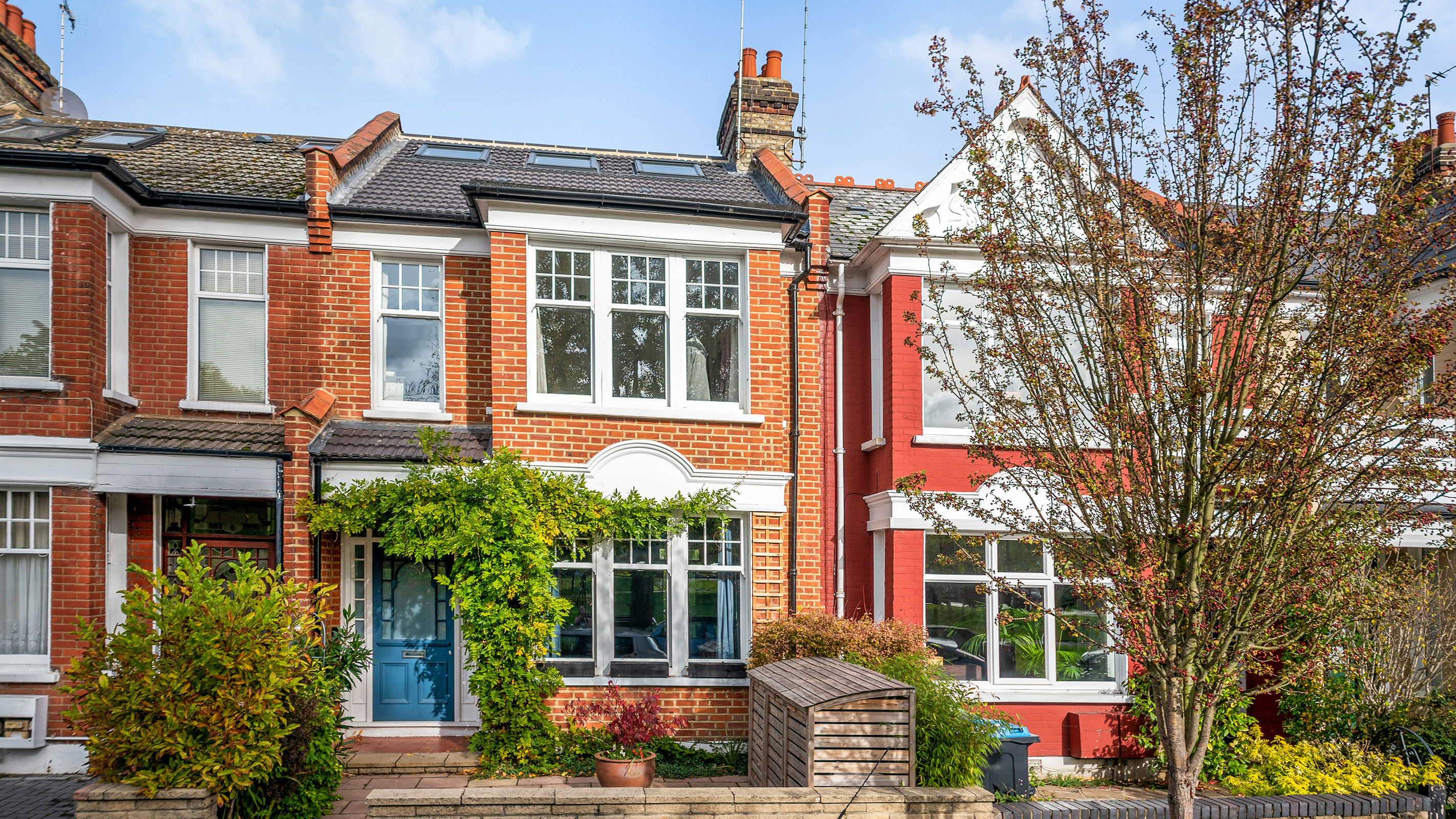
Asking 'is my loft suitable for conversion' is usually one of the first questions asked by homeowners or prospective buyers considering loft conversion ideas.
The reality is, not all homes are suitable for a loft conversion, says Daniel McMurtry, group sales manager at Simply Loft, citing three main reasons when it isn't possible.
"Not having or being able to create sufficient height in the loft space, the property being in a conservation area or listed where structural alterations are not allowed, and properties where you do not own the freehold on the loft space would all prove impossible to convert the loft space," he advises.
Roof styles are obviously key to deciding if or what types of loft conversion you can have, and some roof types will require extra structural work or a certain type of loft conversion to meet requirements. As well as available head height, you need to consider the roof structure, pitch and if there are any obstacles such as water tanks or chimney stacks.
Bring your dream home to life with expert advice, how to guides and design inspiration. Sign up for our newsletter and get two free tickets to a Homebuilding & Renovating Show near you.
Best types of roof for a loft conversion
So what are the easiest types of home and roof structure to convert?
"Traditional block and brick constructed buildings with the ridge running left-to-right and a timber roof structure, with good access for vehicles and plant are generally the easiest lofts to covert," advises Daniel McMurty.
"Timber-framed houses, properties with unusually complex roof structures, and post-war pre-fab houses with iron roof trusses on the other hand, are the most challenging to design and build."
Traditional timber framed type roof structures are often the most suitable type for loft conversions as the space can be opened up relatively easily and inexpensively. Typically found in pre-1960s houses, rafters on traditional roofs run along its edges, leaving a good amount of free space. The rafters may need to be strengthened or additional supports added (your structural engineer will advise on what is required).
Trussed roofs have ‘W’ shaped rafters that support the roof and the floor structure. Trussed roofs are harder to convert, but not impossible; the ‘W’ shaped rafters can be replaced with an ‘A’ shape structure which creates a hollow space. This normally involves the insertion of steel beams between load-bearing walls for the new floor joists to hang on and the rafters to be supported on – together with a steel beam at the ridge.
Without the roof space for water tanks and plumbing, bear in mind that in order to bring heat and water to the area, your existing heating and hot water system may have to be replaced with a sealed system. Unvented hot water cylinders make a better choice than replacing the boiler with a combi-boiler, but they do take up a cupboard-sized room, which you will have to find space and budget for.
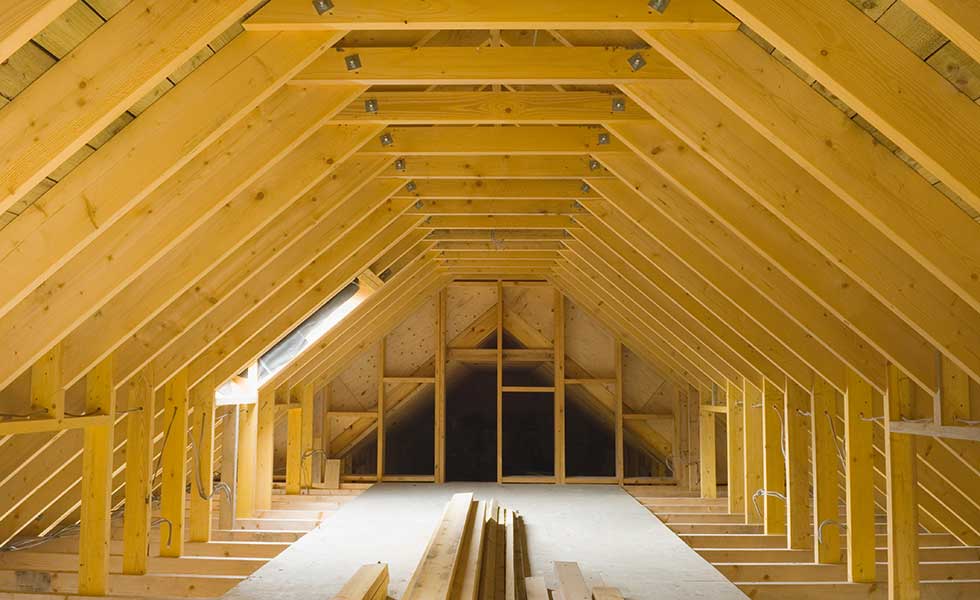

Daniel McMurty works at Simply Loft, a loft conversion company providing a design and build service for homes across London and the West Midlands.
What is the minimum height for a loft conversion?
"Whether you are converting a mansion block or a terraced home, there are certain head height requirements you must adhere to in order for your loft conversion to be compliant," advises Daniel McMurty.
"As a rule of thumb, you need 2.2 metres between the top of the floor joist of the loft to the bottom of the centre ridge beam. But, with recent changes in Building Regulations, 2.25 metres is a more realistic minimum height requirement," he adds.
The higher the angle of the roof pitch, the higher the central head height is likely to be, and if dormers are used or the roof is redesigned, the floor area, and potential for comfortable headroom, can be increased.
"Most roofs are steeper than 35 degrees which means, in most cases, the loft space is tall enough to convert," explains chartered surveyor, author of the Haynes' Loft Conversion Manual and founder of Rightsurvey.co.uk, Ian Rock.
But, if the initial roof space inspection reveals a head height of less than 2.2m, this does not necessarily mean you can not convert your loft. Loft conversions for difficult roof constructions may include adding a mansard roof or replacing the entire roof structure, for instance.
"Where space is in short supply it may be possible to steal some from bedrooms below, as long as you leave them with a minimum of about 2.2 metre floor to ceiling height. This involves building a new loft floor structure beneath the existing ceiling joists which will later be removed," adds Ian Rock.
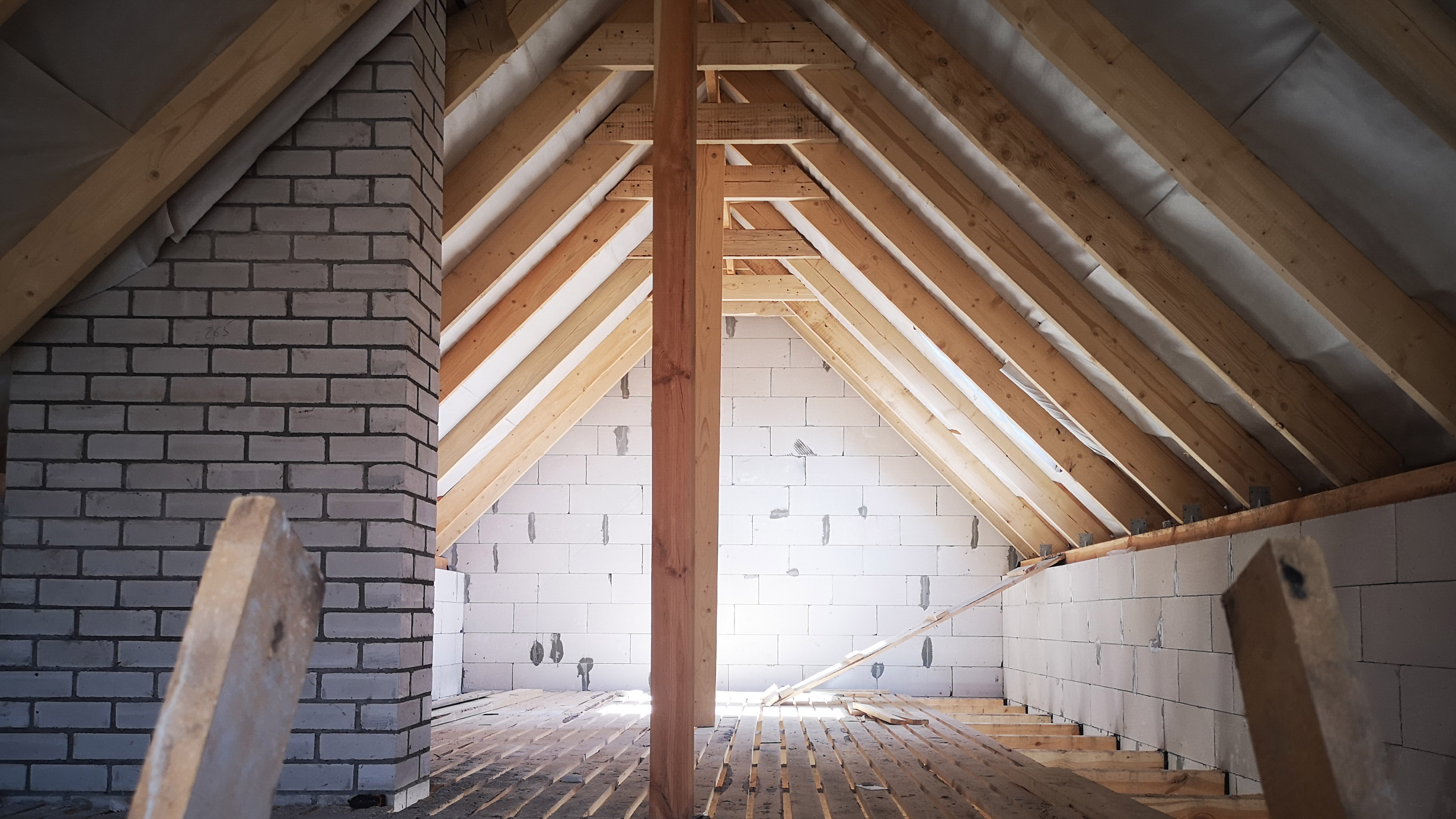

Chartered surveyor Ian Rock MRICS is a director is Rightsurvey.co.uk and the author of eight popular Haynes House Manuals, including the Home Extension Manual, the Self Build Manual and Period Property Manual. Ian is also the founder of Zennor Consultants. In addition to providing house surveys, Zennor Consultants provide professional guidance on property refurbishment and maintenance as well as advising on the design and construction of home extensions and loft conversions, including planning and Building Regulations compliance.
Do loft conversions need planning permission?
Do you need planning permission for loft conversions? The simple answer is not always – in many cases the work tends to fall under Permitted Development (PD) rights.
"The exception to this can be loft conversions to flats and properties in conservation areas or in listed buildings. Certain boroughs can also be more stringent with planning permission than others," adds Daniel McMurty. Certain types of loft conversion such as mansard loft conversions, will also require planning permission.
There are also a number of specified parameters related to lofts and Permitted Development, the most relevant of which include:
- The property must not have already used its Permitted Development rights to add an additional storey
- It must not add volume of more than 40 cubic metres for terraced houses or 50 cubic metres for all others to the existing roof space
- A loft conversion must not exceed the height of the existing roof under PD rights
- It also can’t extend beyond the existing roof slope on the house’s principal elevation (where it fronts onto a highway)
- Verandas and balconies with raised platforms are not allowed under Permitted Development, but Juliet balconies are
As with any work to your home, it's worth speaking to your local planning department in advance to confirm exactly what rules and regulations you should be adhering to. And, even if work does fall under Permitted Development, applying for a Lawful Development Certificate is a sensible idea, and vital if you hope to sell on the house in the near future.
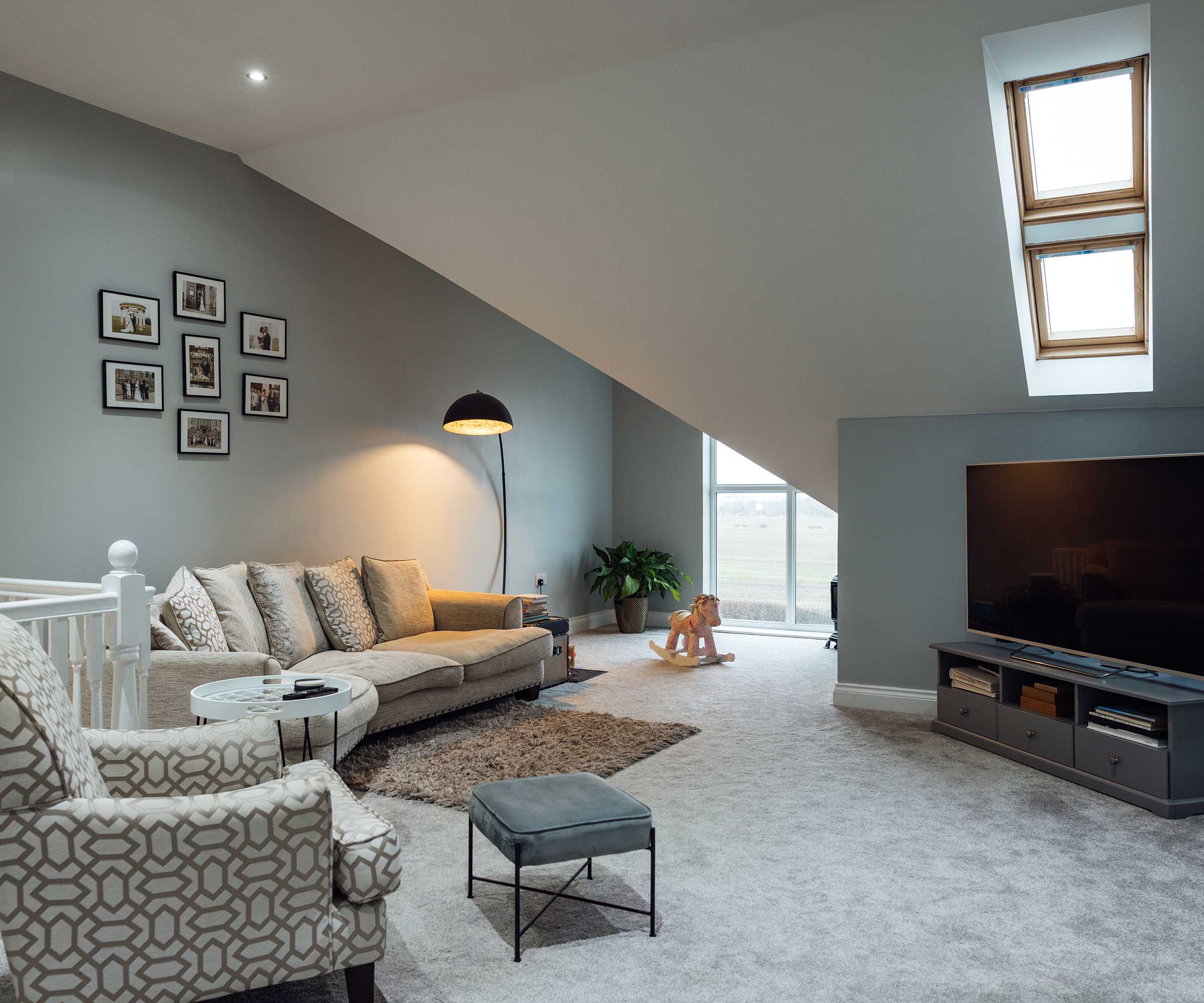
Do I need building regulations for a loft conversion?
Building Regulations approval will always be required when converting a loft. A building control surveyor will come to site to inspect your conversion at various stages and will be responsible for issuing a completion certificate upon final inspection.
"Converting a loft is complex and the construction work will have implications by altering the roof structure and the existing layout of your home," explains construction professional, Mark Stevenson.
While our guide to loft conversion building regulations, covers the subject in more detail, you will be most concerned with Parts A, K, B and P of the Building Regulations, as well as Part L. These cover protection from falling, fire, electrical and structural safety as well as thermal efficiency.

Mark Stevenson has worked as a construction professional for over 30 years. He is currently chief operating officer for Custom Build Homes and chair of the National Custom and Self Build Association. Whilst Mark describes himself as a ‘professional builder’ as a result of his career in housebuilding and timber building system manufacturing, he has specialist knowledge of timber construction and extensive expertise in finding land and project management. He regularly shares his knowledge at Homebuilding & Renovating Shows and and coaches self builders about how to build their own homes. He is also Vice Chair of industry body, the Structural Timber Association.
Do I need a Party Wall Agreement for a loft conversion?
If your home is semi-detached or terraced, then you will need to notify your neighbours of your planned work if it falls under the requirements of the Party Wall Act.
"Unless your property is detached there will be a party wall separating you from your neighbour's house. Most loft conversions involve alterations to party walls, usually to support steel beams," explains surveyor Ian Rock.
"Under the terms of the Party Wall Act, it's a legal requirement that adjoining neighbours are formally notified before alteration work commences. This may require the appointment of a Party Wall surveyor."
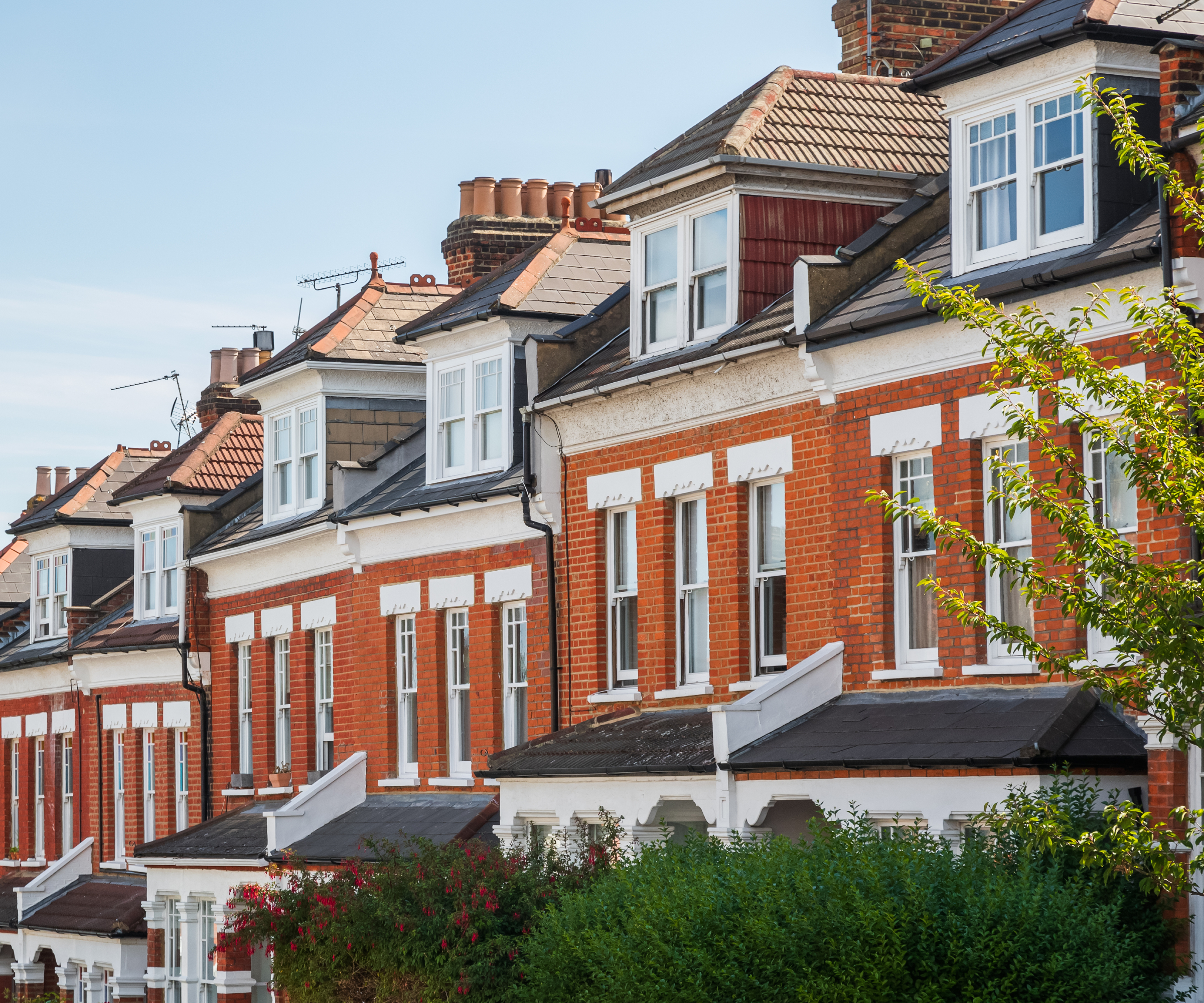
Routes to design
While you can design a loft conversion yourself, employing the services of an architect/designer or specialist company is advisable.
Taking the architect/designer route means that you can steer the design to your exact, bespoke specifications, but remember that, as this is likely to be a relatively small project, the design fees are likely to be a high percentage of the overall costs.
Finding the right architect for this type of project is key. Typically your chosen architect or designer will have undertaken similar schemes in your area.
Your architect or designer may also be able to produce Building Regulations drawings that you can then put out to tender to find a builder. You may also find that you need to hire a structural engineer.
Another alternative is a specialist loft conversion design and build company – particularly useful if you're not looking to project manage your build and need to hand over the reins to someone else.
With most firms offering an all-inclusive service (and price) then a design and build contractor can be a great option, as Daniel McMurty explains.
"Working with a loft conversion specialist loffers a seamless, all-in-one package designed to make the process as smooth as possible for clients. With a dedicated customer service team available every step of the way, you can rely on expert guidance and support throughout your project.
"At Simply Loft, we also provide an online/mobile app dashboard, allowing you to easily track progress, manage schedules, and communicate with the team. This ensures full transparency and peace of mind, making your loft conversion experience efficient and stress-free.
On the flip side, some say design solutions and details in some specialist companies may be more standardised, so you may find that you have less creative flexibility. Shop around before choosing your supplier to make sure they are able to offer what you need.
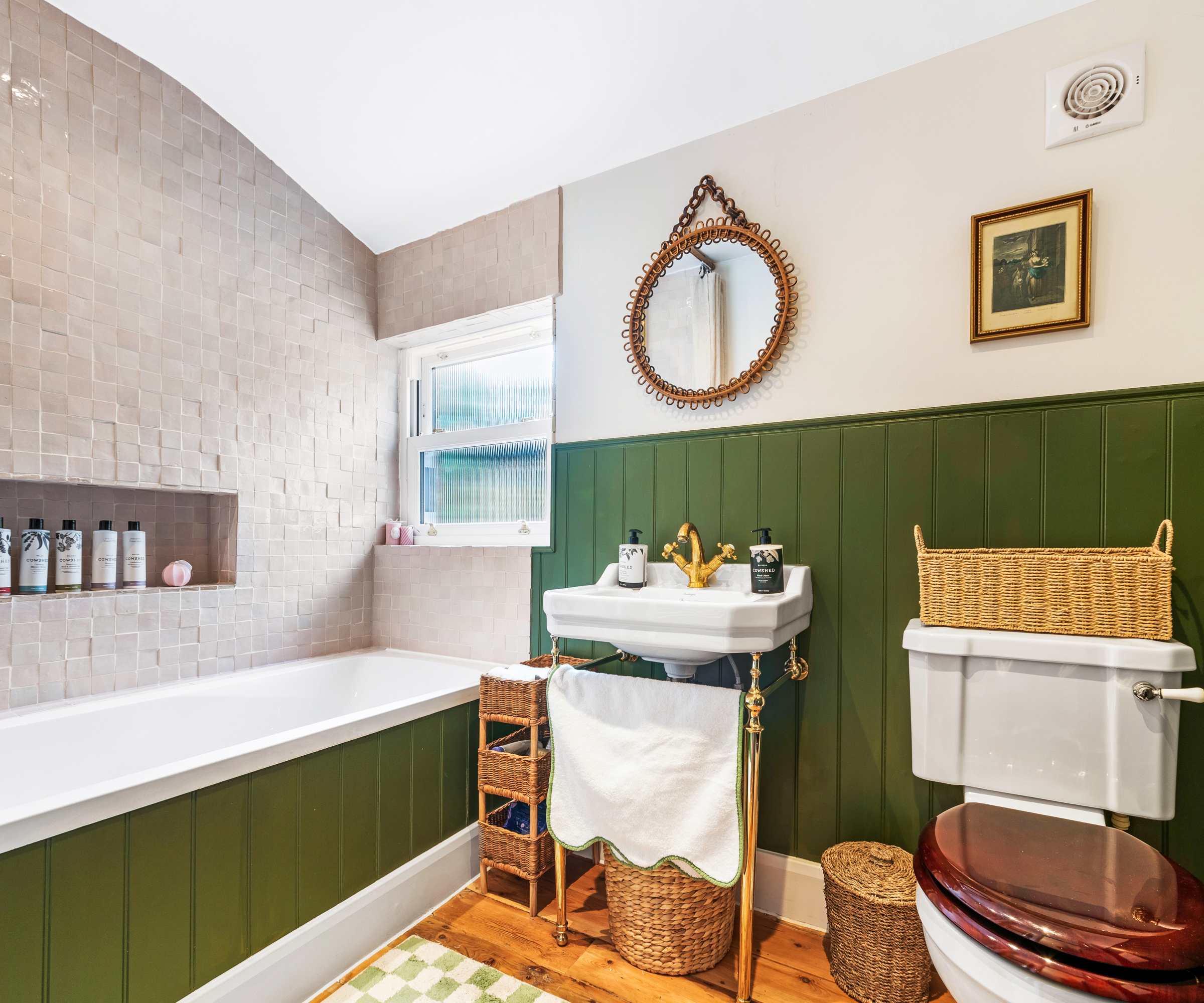
How much does a loft conversion cost?
Loft conversion costs can vary from around £18,000 to as high as £90,000. Costs will be significantly lower where you’ve got a suitably spacious loft to start with, and for simpler designs such as rooflight loft conversions. Location will also impact your costs, with those in London and surrounding areas likely paying more.
"For the London market our average prices are now £55K incl. VAT for a rear dormer loft conversion," says Helen Wood, Marketing Director at Simply Loft. "Unfortunately the rising material and labour prices mean costs have increased. A simple loft pod (l-section only conversion) is around the £45K mark."
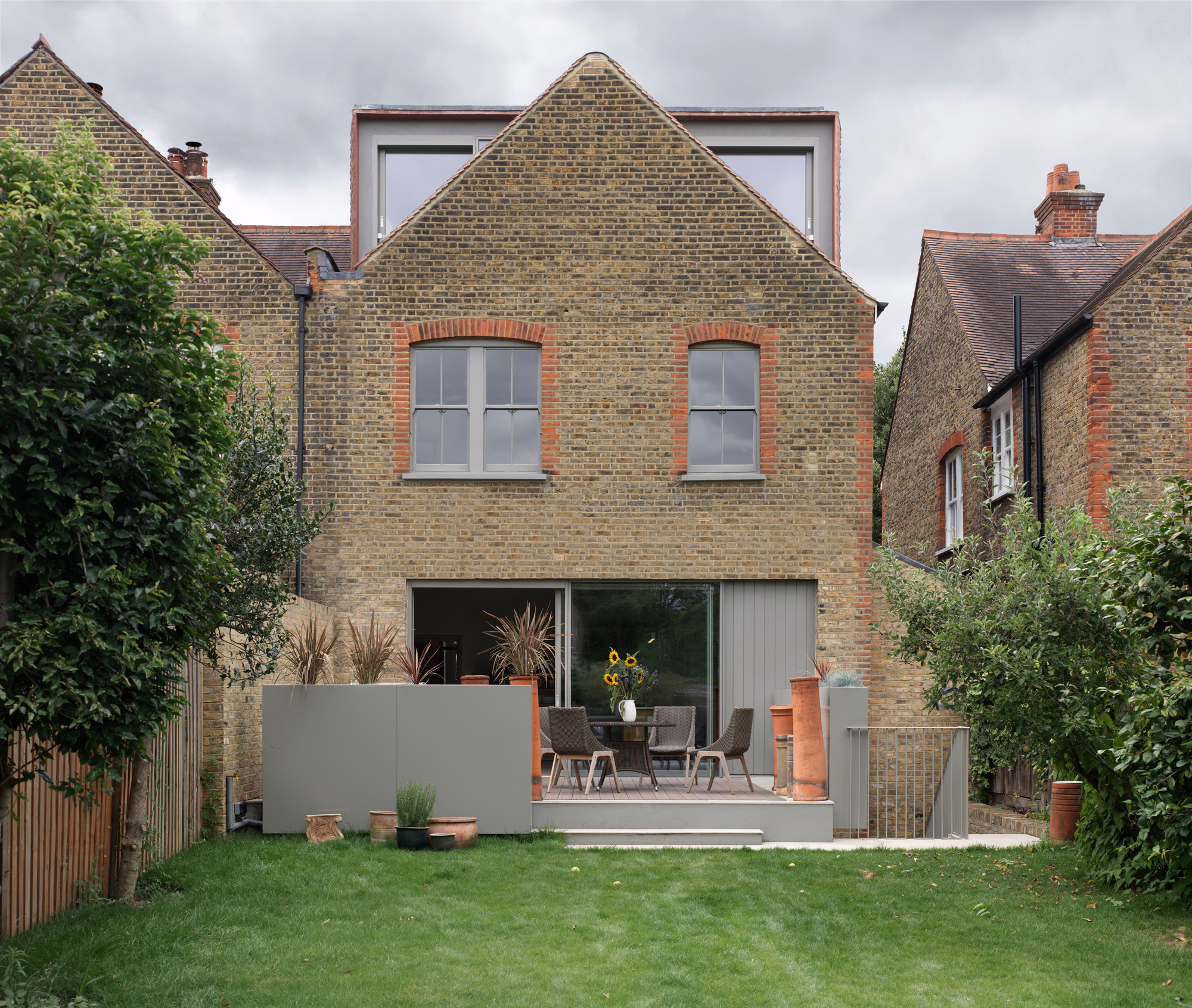
Are new foundations needed for a loft conversion?
When adding the extra weight of a loft conversion to an existing home, it's important to be aware that this can put extra stress on the foundations. Your home's foundations should be checked before carrying out a loft conversion and to do this, your builder will need to dig a trial hole to expose the foundations. Your building inspector may want to check these too.
If your foundations are deemed not deep enough to support the extra weight, you'll likely require a structural engineer's input. They may suggest structural interventions to spread the load of the weight through structural beams, or else look at underpinning the foundations. Both of these can add a lot to the cost of your project.
Fire safety and loft conversions
"Protecting the occupants of the property is always the primary focus in any loft conversion," says Daniel McMurty. "Combining fire doors, fire and smoke alarms, and fire-resistant materials to create a protect escape route from the loft to the exterior of the building is key to this.
"In some case the addition of a fire misting system or escapable windows in the loft can further improve safety," he adds.
Fire safety and windows
Fire safety measures required by the building regulations to be aware of including understanding how these affect your window choices. Any new windows must be large enough and low enough to escape from and egress window openings are needed to serve all first floor habitable rooms, but not the bathroom.
In addition, openings should be at least 450mm x 450mm and at least 0.33m2 in area and with rooflights (usually top opening), you must ensure the bottom of the opening is between 800mm and 1,100mm from the floor.
These rules apply more readily to bungalow loft conversions. However, if your loft conversion transforms a two-storey house into a three-storey home, you should also be aware that escape windows that are over 4.5m from ground level are not viable. Instead, the building regs require a protected stair enclosure that leads right down to the final exterior door.
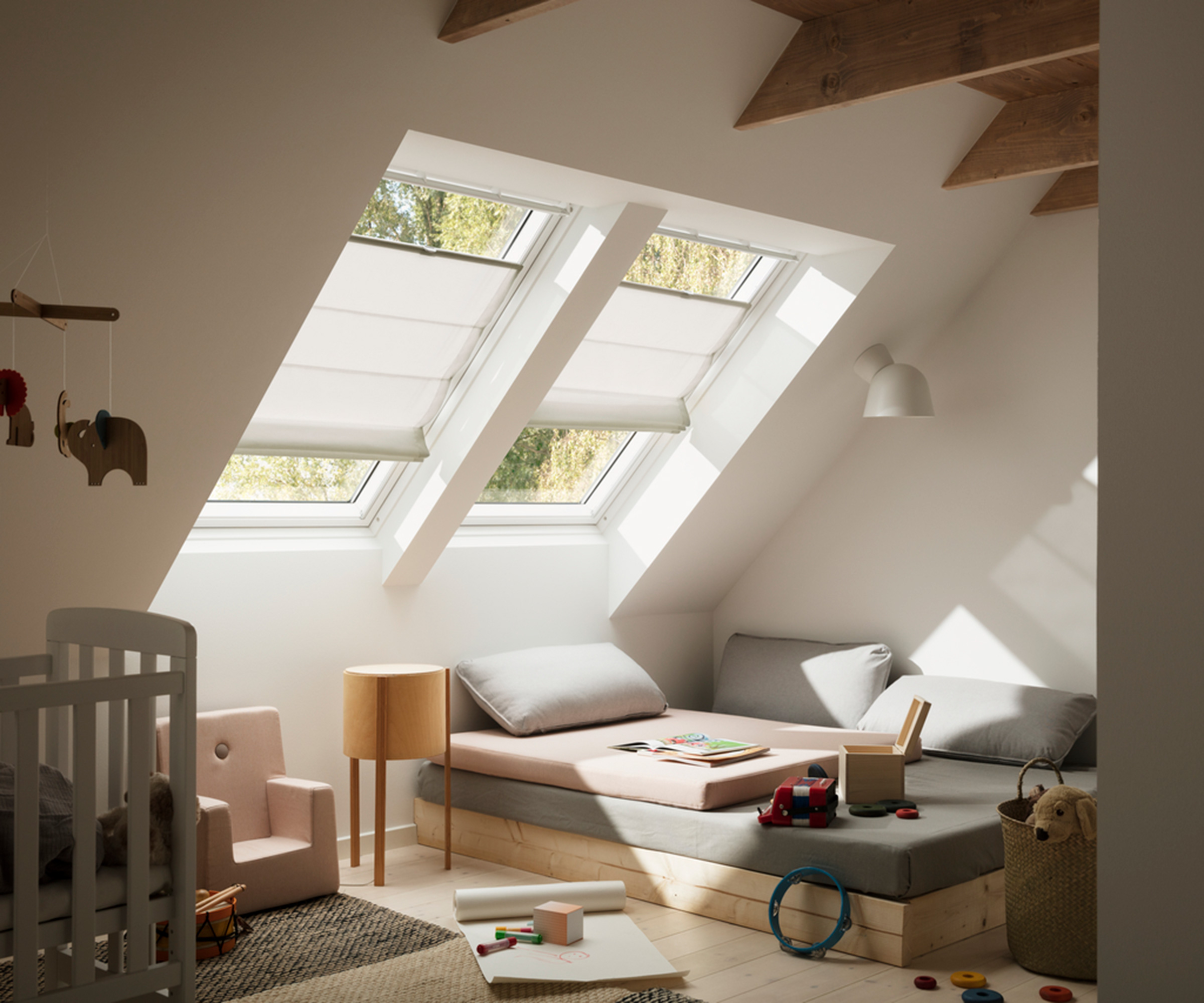
Fire safety – staircases and doors
If your staircase rises from a room, rather than a hall, you have two choices: It can be entirely enclosed within a hallway to an external door or the staircase can be enclosed in a lobby at the base of the stairs.
Any existing doors on the stairway to both ground and first floor should be able to provide 20 minutes of fire resistance or be replaced. They can’t be glazed either – unless with fire-rated glass.
The lobby will have two separate doors, to offer a choice of either a front or back route of escape. These doors and the lobby walls will need to be fire-resistant and most likely open outwards into the rooms.
If the doors do not open outwards into the rooms, they will be acceptable as long as they create viable options for escape in the event of a ground floor fire. "The protected staircase applies to any building more than three storeys (ground, first and second), regardless of number of windows and their sizes," confirms Genevieve Truscott, Principle Architect at Simply Architects.
For open plan homes, where the staircase lands in an open plan space, a sprinkler system may be the only option.
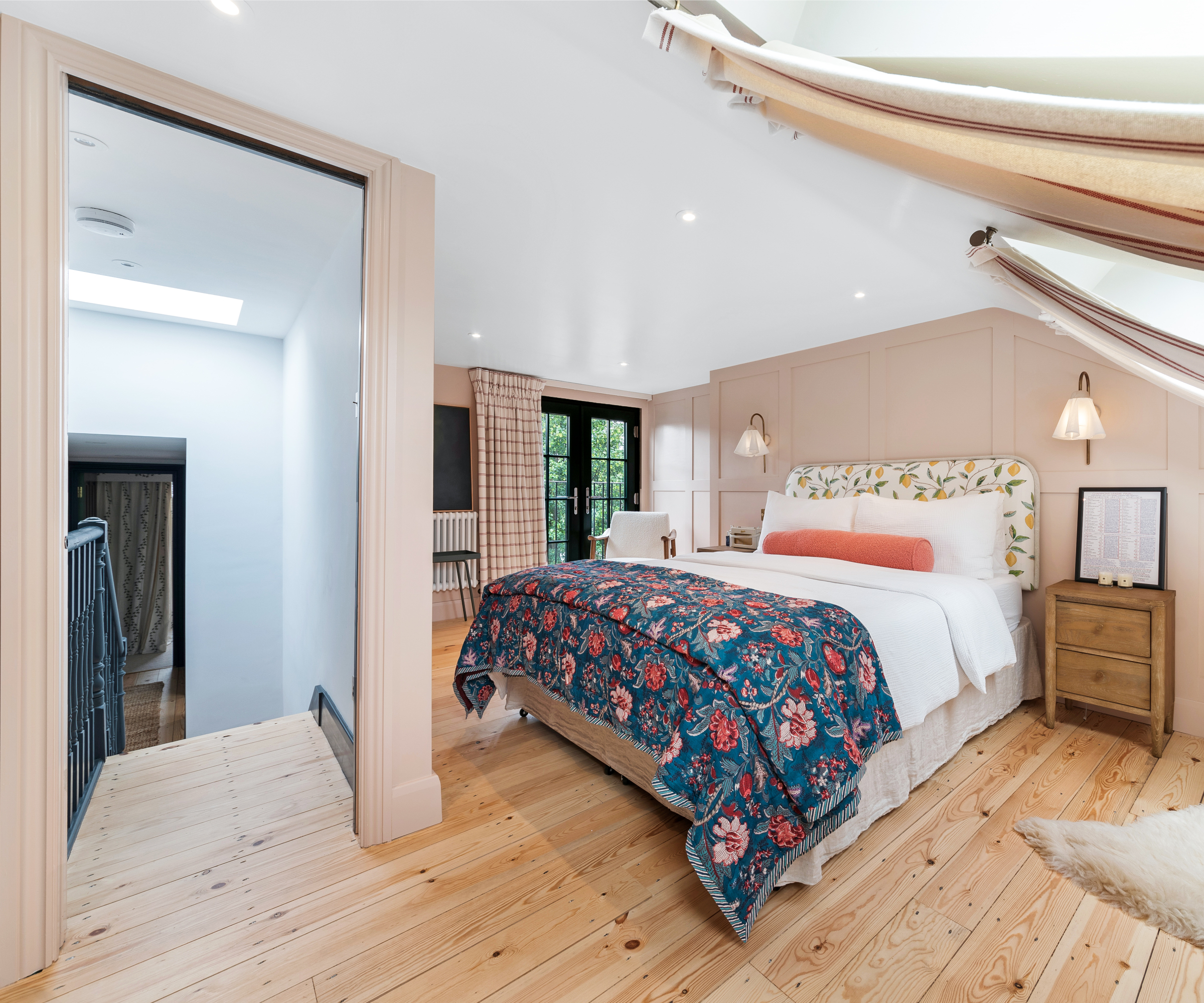
Floor joists and fire safety
The new floor joists of your loft conversion will also need to offer at least 30 minutes’ worth of fire protection, which could mean replastering the ceilings in those first floor rooms below.
Fire safety – alarms
Mains-powered smoke alarms should be installed on each floor of your home and interlinked so that they all sound off when one is activated. Most have a rechargeable battery as a back up that allows the supply to be extended from a lighting circuit if necessary.
Wireless, radio-linked alarms can be fitted if you can’t hardwire to the ground floor ceiling.
Where is the best place for a loft conversion staircase?
The ideal location for a staircase to land is in line with the roof ridge: this will make best use of the available height above the staircase.
In practice, the actual position of your loft conversion stairs will depend upon the layout of the floor below, and where necessary the available height can be achieved using dormer windows or adding a rooflight above the staircase or, if appropriate, converting a hip roof end to a gable.
Will the joists need strengthening for a loft conversion?
In most cases, additional new joists will be required to comply with the building regulations as existing ceiling joists are unlikely to be able to take a conversion floor.
"The loft conversion should be structurally capable of functioning as a habitable room, and not overload the supporting walls and floors," explains Mark Stevenson. "The existing roof structure may need to be modified, especially if it is made of trussed rafters.
"New floor joists, roof members and beams will be required to stiffen floors and install roof windows and staircases. These should all be designed by a structural engineer to ensure the work complies with the relevant standards."
The new joists span between load-bearing walls, and are normally raised slightly above the existing ceiling plasterwork by using spacers below the joist ends. This spacing must be sufficient to prevent any new floor joist deflection from touching the ceiling plaster below.
The new joists run alongside the existing joists. Above window and door openings, thicker timbers are used to bridge the opening, so that pressure is not put on the existing opening lintel.
Steels are also specified to distribute the load, and in some installations are used to carry the ends of the new joists. If head height is limited, then thicker joists, more closely spaced, can be specified.
Which are the best windows for loft conversions?
There are two main options when it comes to bringing in natural light to a loft conversion – rooflights or dormers. The former is the most straightforward method as they can be added to follow the pitch line of the roof. This type of window is the most economic, and more likely to be allowed without planning permission.
Dormer windows on the other hand will give natural light and can add space to a dormer loft conversion. They are particularly effective where the pitch angle is high, as the useful floor area can be increased.
The mansard type will give maximum conversion roof space because it projects the most available head height, thus giving a greater usable floor area. A hip to gable loft conversion has a similar effect. Both provide opportunities for introducing windows.
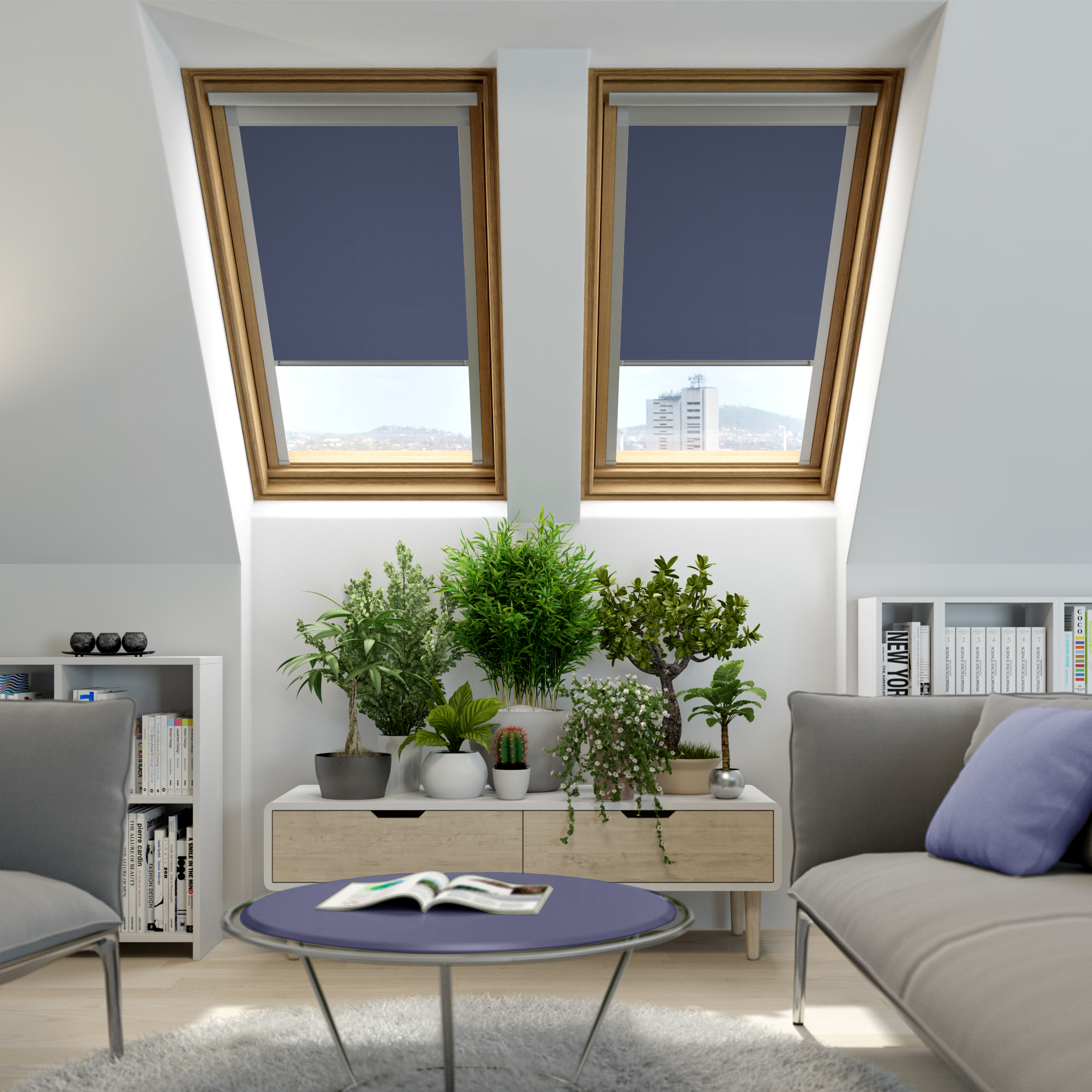
How do you heat a loft conversion?
Most types of extension normally increase the heat load requirement of the house and so the boiler may need to be upgraded. However, a loft conversion may require little extra capacity, particularly where the space is well insulated, and can in fact improve the overall energy efficiency of the house.
If a bathroom is added though, a boiler upgrade may be necessary. It is a good idea to switch to an unvented system that does not require header tanks but relies on mains pressure (as long as it’s at least 1.5 bar).
Options for heat emitters in attic rooms include radiators, underfloor heating, or a combination of both, perhaps with electric underfloor heating mats in bathrooms.
Wet underfloor heating will add to the floor build up, so you'll need to ensure you have adequate head height in the first instance. Radiators are often the go-to emitter in loft conversions.
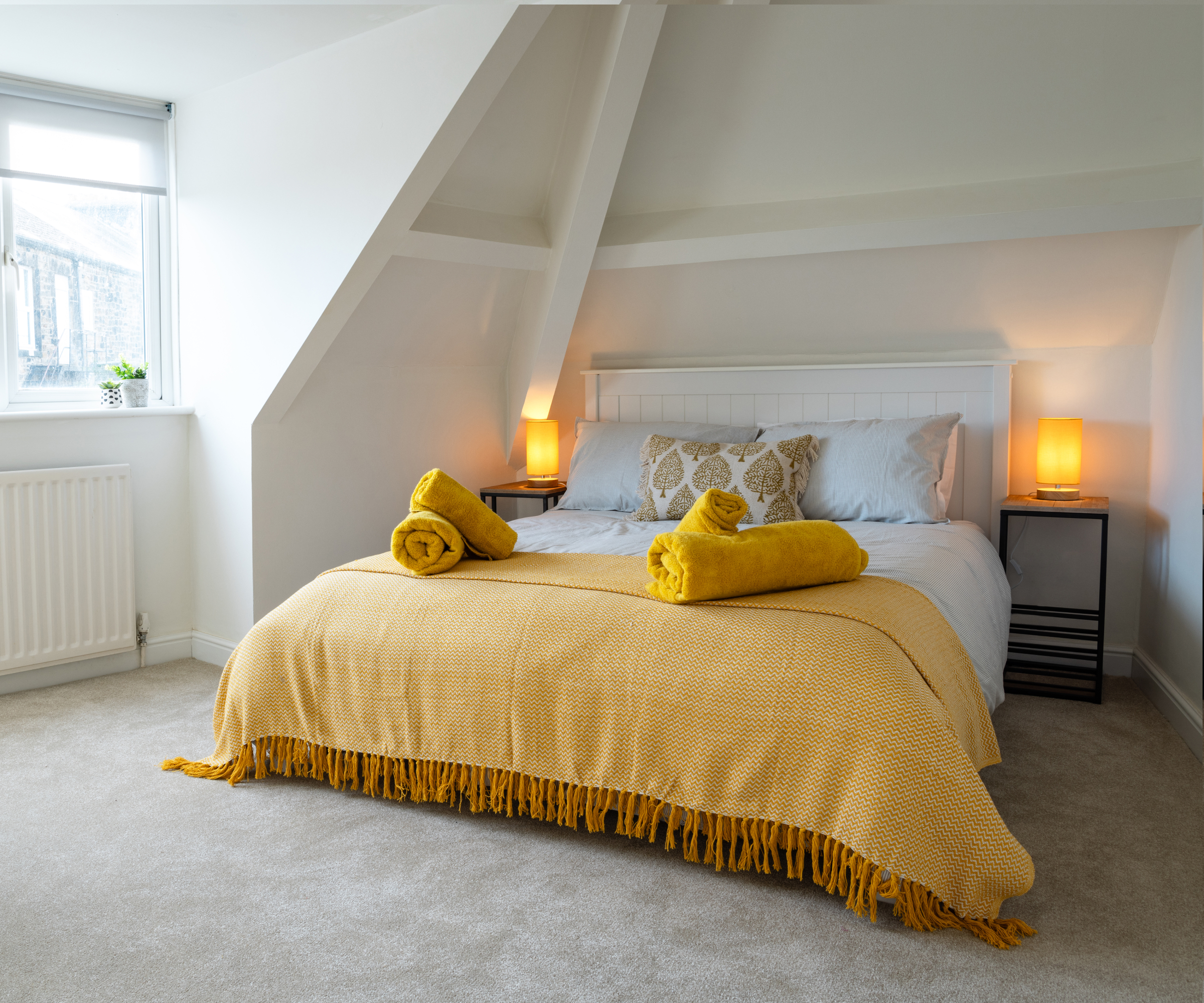
Insulating a loft conversion
In the continuing efforts to improve thermal efficiency in Britain’s homes, current building regulations relating to insulation are ever more stringent," says Daniel McMurty. "Depending on the type of property and conversion insulation may use rigid foam boards, mineral wool, and quilted foil, and often a combination of these."
There are two main ways by which you can insulate a loft roof:
The cold roof method
This involves filling the space between the rafters with 70mm-thick slab foam insulation, ensuring that there is 50mm spacing between the roofing felt and the insulation (for ventilation via the roof and soffit vents).
In addition, 30mm slab insulation is attached to the inside of the rafters, giving a total of 100mm of insulation. The rafter thickness is often less than 120mm, so a batten may be required along each rafter to allow the 50mm spacing and the 70mm insulation.
The roof section requires 300mm of mineral wool insulation (e.g. Rockwool), or 150mm of slab foam insulation, such as Celotex.
The warm roof method
This method uses 100mm Celotex insulation or similar over the rafters, and a covering capping, followed by the tile battens and tiles. This is not really a practical option unless the roof coverings have been stripped off. It could be used with a dormer, especially if it has a flat roof.
Continuity of insulation between walls and roof is required to avoid any cold bridging. The dormer walls can be insulated with 100mm Celotex between the studwork.
Insulating floors and walls
Insulating the floor can be achieved by using a mineral fibre quilt laid between the joists.
It is often necessary to insulate party walls – both against heat loss and noise. Introducing timber studwork with mineral fibre insulation will allow you to achieve both and it can be covered with sound-rated plasterboard. Your Building Control inspector will specify exactly what you require.
The internal partition walls use a 100mm quilt that will provide sound insulation. Plasterboard is attached to one side of the wall then the quilt inserted, followed by plasterboard on the other side.
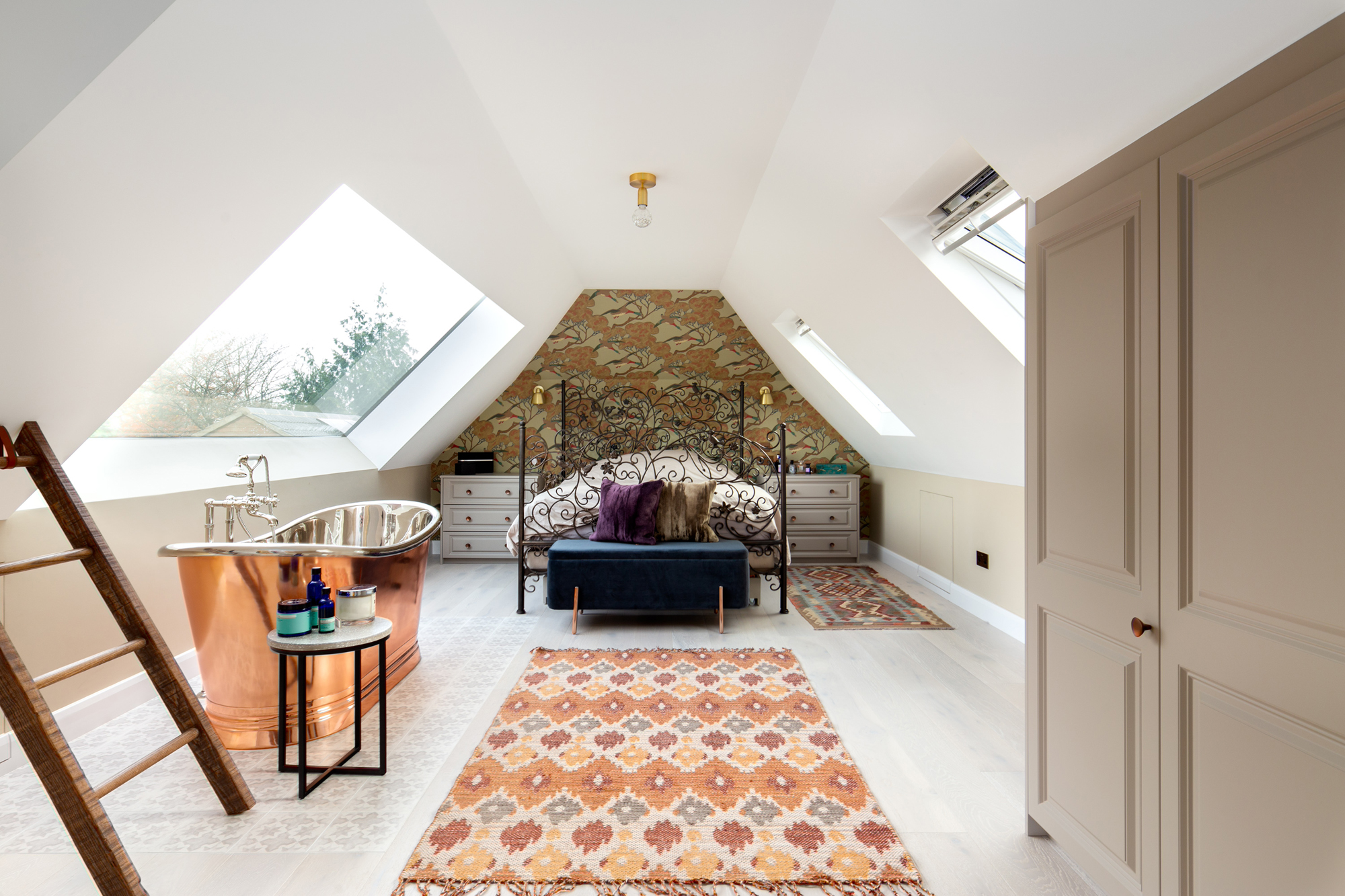
How do you ventilate a loft?
"Ventilation in a loft conversion is of particular importance to prevent moisture build up and to ensure fresh air is always available," advises Daniel McMurty. "Areas such as insulated areas between rafters, dormer roofs, and the eaves will combine to provide inlet and exhaust areas to encourage recycling of air.
"Loft bathrooms will have electrically powered vents installed, and opening sections of windows and skylights also provide convenient additional means to increase ventilation on demand."
Attic bathrooms are not required to have a window providing the extract fan can provide rapid ventilation.
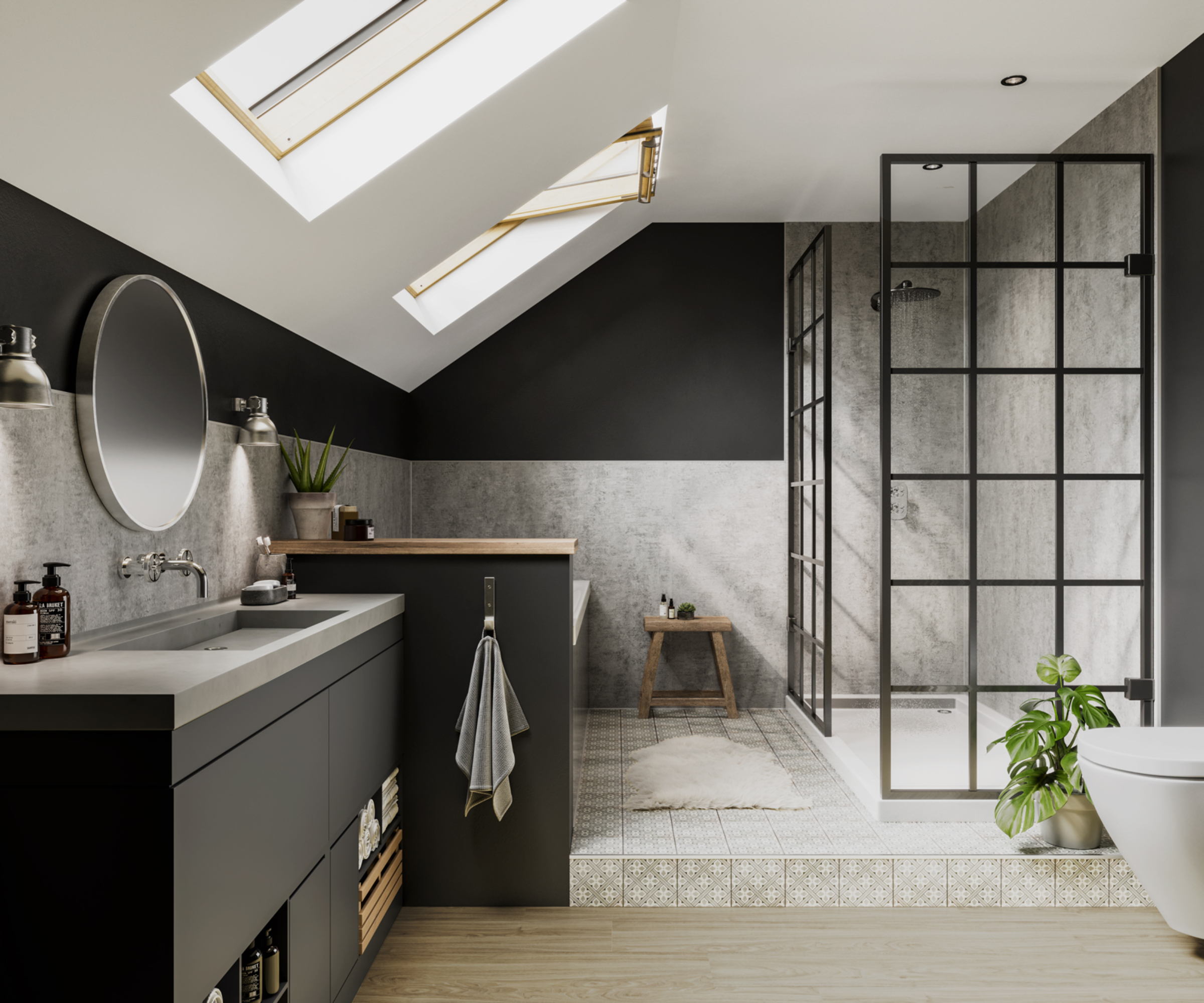
FAQs
Is a loft conversion a time-consuming job?
How long a loft conversion takes depends on the complexity of the design, and whether any structural reinforcements are required. However, on average, a loft conversion project can be completed in between six to 10 weeks, with around eight weeks the average time.
Check out this example of a schedule of works for a loft conversion to see how the time is allotted.
Is it difficult to add a bathroom to a loft conversion?
If you're planning on including a loft conversion bathroom in your expansion plans, there are a number of additional considerations.
You’ll need to think about the location of existing services. Adding hot and cold water supplies is straightforward, branched off the existing plumbing system either at the boiler or from the floor below. Flexible plastic plumbing is easy to thread through the joists.
Existing soil pipes are likely to be vented above roof level and it may be possible to make a connection into this, or into another soil pipe on the floor below. Where there is no existing soil stack you may be able to add one; otherwise, a smallbore flexible waste pipe can be used to connect to the drains.
Your loft conversion layout ideas will also need careful planning due to the presence of sloping eaves and the restricted head height beneath them.
Will a loft conversion affect my home insurance?
While your building company should have their own insurance, it is also vital to let your house insurance provider know if you are undertaking major building work or structural alternations, such as converting the loft. You risk invalidating your policy if you begin work without doing so.
Your existing insurance provider may be able to provide cover whilst the work is underway. However, some don't and it's important to seek specialist renovation insurance if this is the case.
Once the work is finished, you will be able to return to a standard policy, but do make sure your provider is aware of the additional space created and value added to your home.
“The amended insurance should cover your existing property and all the new work you are having done, but check the policy and the small print,” says Rebecca Tibbert from loft conversion design and build experts Econoloft.
“Most buildings insurance policies are based on the structure of the house as it stands when the policy is taken out. So, adding a loft conversion could significantly affect the terms of the cover.”
Designed well, with proper thought a loft conversion can be a home improvement that will really change the way you can use your home. And should you choose to move on in the future, it's likely the answer to how much value does a loft conversion add, will be in positive numbers.
One word of note though, don't forget to follow the advice for soundproofing a loft to ensure your loft conversion prevents too much noise entering or equally escaping.
Michael is Homebuilding & Renovating's Director of Content, Vice Chair of the self build industry body, the National Custom and Self Build Association (NaCSBA), presenter of multiple property TV shows and author of Renovating for Profit (Ebury). He also runs an architectural and interior design practice, offering design and project management services. He is one of the country's leading property experts and has undertaken over 30 building projects including two self-builds and the renovation of a Grade-II listed farmhouse.
Michael has presented over 150 property shows for BBC, ITV1, Channel 5, UK TV Style, and Discovery RealTime, including I Own Britain's Best Home; Don't Move Improve; Trading Up; Good Bid, Good Buy; Build, Buy or Restore?; How to Build A House; and Hard Sell.
Michael is also a regular expert at the Homebuilding & Renovating Shows. He has written for leading British newspapers, including The Daily Telegraph, Sunday Times, Daily Express and The Independent and has appeared on news programmes such as BBC Breakfast.

